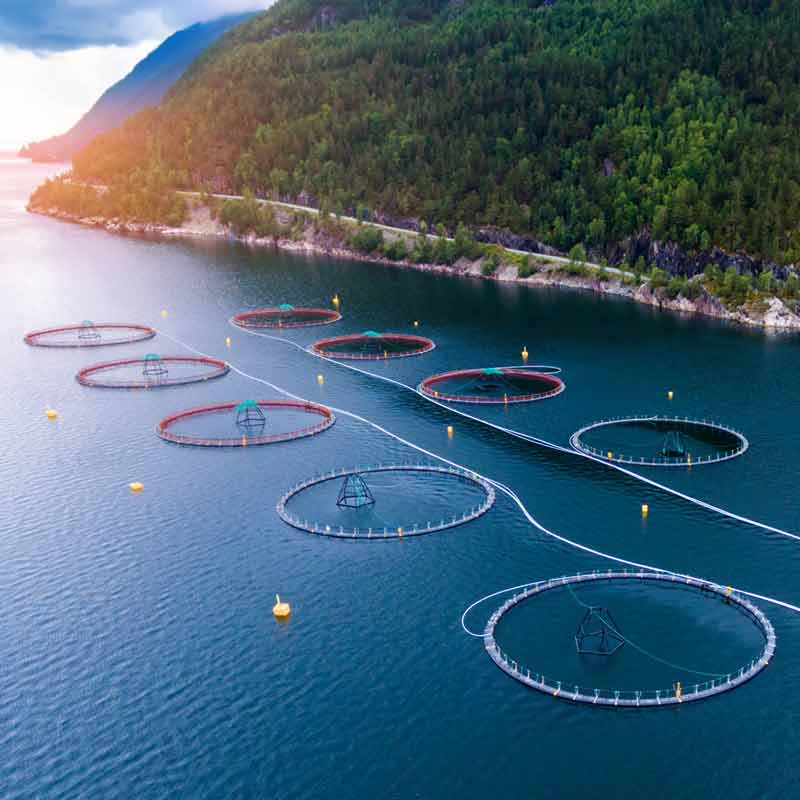Recent Post

Magnets in Restaurant Kitchens

Global supply challenges and HYAB’s role

Electromagnets – a more controllable magnet

Magnetic filtration in the process industry

Sheet metal handling – Easier with magnets
How magnets are influencing sustainable aquaculture technologies
Published: 2023-07-04 16:26:55 • Daniel Gårdefelt
Aquaculture is starting to look like a good way to feed the world in a healthy way. The practice must, however, solve big problems, and the magnet is an unexpected tool that helps with this. Let's look at how magnets are changing the future of fishing technologies that are good for the environment.
1. Aquaculture is becoming more interested in magnetic water treatment. It is thought that putting water in a magnetic field will change the way mineral salts behave, stopping them from building up. This method could help stop scales from forming in aquaculture systems, making the water flow better and possibly helping aquatic critters stay healthy and grow.
2. Researchers are looking into how putting fish in magnetic fields might help them. Some studies show that magnetic field stimulation may make fish's immune systems work better, making them healthier overall and less likely to get sick.
3. Magnets are used in automated aquaculture systems to help feed dispensing devices work. Magnetic gauges can help control the flow of feed, making sure that it is given at the right time and in the right amount. This can help get the most out of the feed and cut down on waste, making the business more sustainable.
4. Fish can be tracked with magnetic tags. In aquaculture plants, magnetic tags can be used to keep track of fish populations and manage them. When magnetic sensors find these tags, they can give useful information about how fish behave, how fast they grow, and how long they live. This helps with better management and more sustainable production.
As the world moves toward aquaculture as a way to produce food in a healthy way, magnets are becoming more and more important. Magnets are proving to be a key tool for making aquaculture more sustainable. They are used to improve water quality and fish health, improve food systems, and track fish populations.


